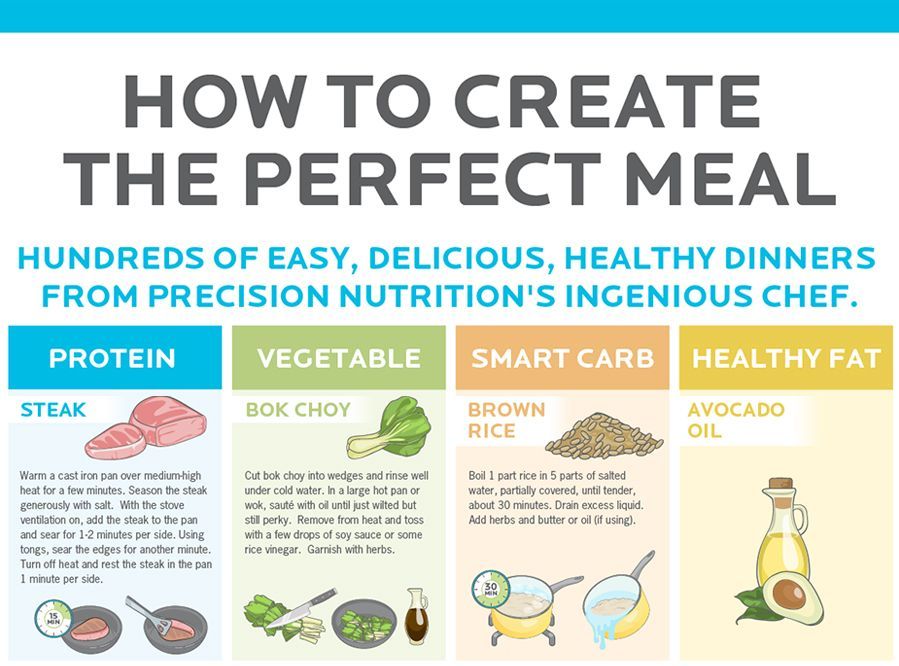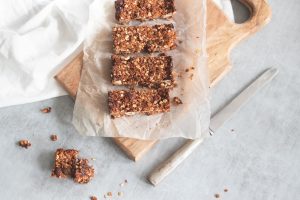
In today’s fast-paced world, we often find ourselves grabbing quick and convenient meals on the go. While this may seem like a time-saving solution, it can have a major impact on our overall health and well-being. Building a balanced plate is essential for maintaining proper nutrition and ensuring that our bodies get the nutrients they need to function at their best.
What Makes a Balanced Plate?
A balanced plate consists of a variety of foods from different food groups, including fruits, vegetables, whole grains, lean proteins, and healthy fats. Each of these food groups plays a crucial role in providing our bodies with the necessary vitamins, minerals, and macronutrients needed for optimal health.
Fruits and Vegetables
Fruits and vegetables are packed with essential vitamins, minerals, and antioxidants that can help reduce the risk of chronic diseases and boost overall health. Aim to fill half of your plate with colorful fruits and vegetables to ensure you are getting a wide range of nutrients.
Whole Grains
Whole grains are an excellent source of fiber, which can help regulate blood sugar levels, aid in digestion, and promote satiety. Choose whole grains such as brown rice, quinoa, and whole wheat bread to add to your plate.
Lean Proteins
Proteins are essential for building and repairing tissues, as well as supporting a healthy immune system. Opt for lean protein sources such as chicken, fish, tofu, or legumes to add to your plate.
Healthy Fats
Healthy fats are important for brain function, hormone production, and nutrient absorption. Include sources of healthy fats such as avocados, nuts, seeds, and olive oil in your meals to round out your balanced plate.
Tips for Building a Balanced Plate
Building a balanced plate doesn’t have to be complicated. Follow these simple tips to ensure you are getting the nutrients you need:
1. Choose a Variety of Colors
Eating a rainbow of colors ensures you are getting a wide range of nutrients. Aim to include at least three different colors on your plate with each meal.
2. Fill Half Your Plate with Fruits and Vegetables
Fruits and vegetables should take up half of your plate. This ensures you are getting plenty of fiber, vitamins, and minerals in your diet.
3. Include Lean Proteins
Proteins are essential for muscle growth and repair. Make sure to include lean protein sources in each meal to support your body’s needs.
4. Don’t Forget Whole Grains
Whole grains provide energy and essential nutrients. Aim to include a serving of whole grains with each meal to keep you full and satisfied.
5. Incorporate Healthy Fats
Healthy fats are important for brain health and overall well-being. Include sources of healthy fats in your meals such as nuts, seeds, and olive oil.
Final Thoughts
Building a balanced plate is essential for maintaining proper nutrition and overall health. By incorporating a variety of foods from different food groups, you can ensure you are getting the nutrients your body needs to function at its best. Follow these simple tips to build a balanced plate and make nutrition simple. Your body will thank you for it in the long run.

